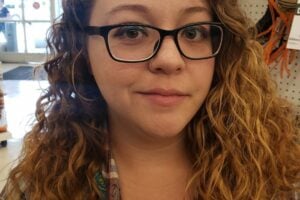Watch a video of Brandon’s story:
I had my first blood clot when I was 29. It started as a subtle cramp in my left calf—nothing alarming at first—but it slowly got worse, even with icing and massaging.
When I woke up one morning and couldn’t put any weight on it, I knew something was wrong. I went to the ER, already suspecting a blood clot from some research I had done. The nurses reassured me I was too young and healthy, wanting to put me at ease and remain positive. But after a blood test and ultrasound, the diagnosis came in: deep vein thrombosis (DVT). I was put on blood thinners for three months, and everything went smoothly.
Seven years later, I’m 36, just got off a five-hour flight for a family trip to Hawaii, and I notice a cramping sensation in the same leg. I thought it might be some new shoes I was breaking in—but something about it felt so familiar. After a week of it not going away, I went back to the ER. Again, I heard, “You’re too young for this.” But an ultrasound confirmed it: the clot was back.
This time, the doctor said I’d likely need blood thinners for life. They did additional tests and found I have a genetic mutation—factor II prothrombin G20210A—which makes me about twice as likely to form clots.
I was two days into treatment, and suddenly I felt a wave of lightheadedness and anxiety wash over me, despite doing nothing but lying in bed. I went back to the ER, and a CT scan revealed a small clot in my lung (pulmonary embolism). Apparently, the meds take a few days before they’re in full effect.
Now I’m 37. I take care of my body, stick to my medication, and try to stay positive—but the anxiety can be intense. I’ve been to the ER a few more times since, but thankfully, there haven’t been any clots. What people don’t see are all the times I felt something strange and chose to stay home, hoping it was nothing.
These experiences have changed me. I see life differently now. I’m more present and more grateful. And I’m thankful for the National Blood Clot Alliance—hearing stories from doctors and patients has helped me feel less alone and more understood.
Resources
Factor II Gene Mutation
Travel
Psychological Impact of Blood Clots




